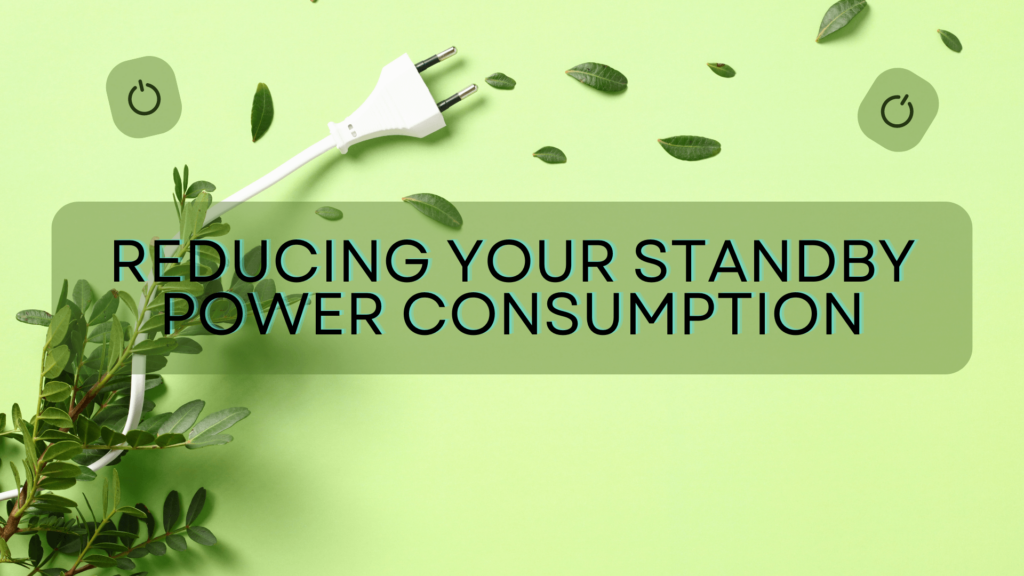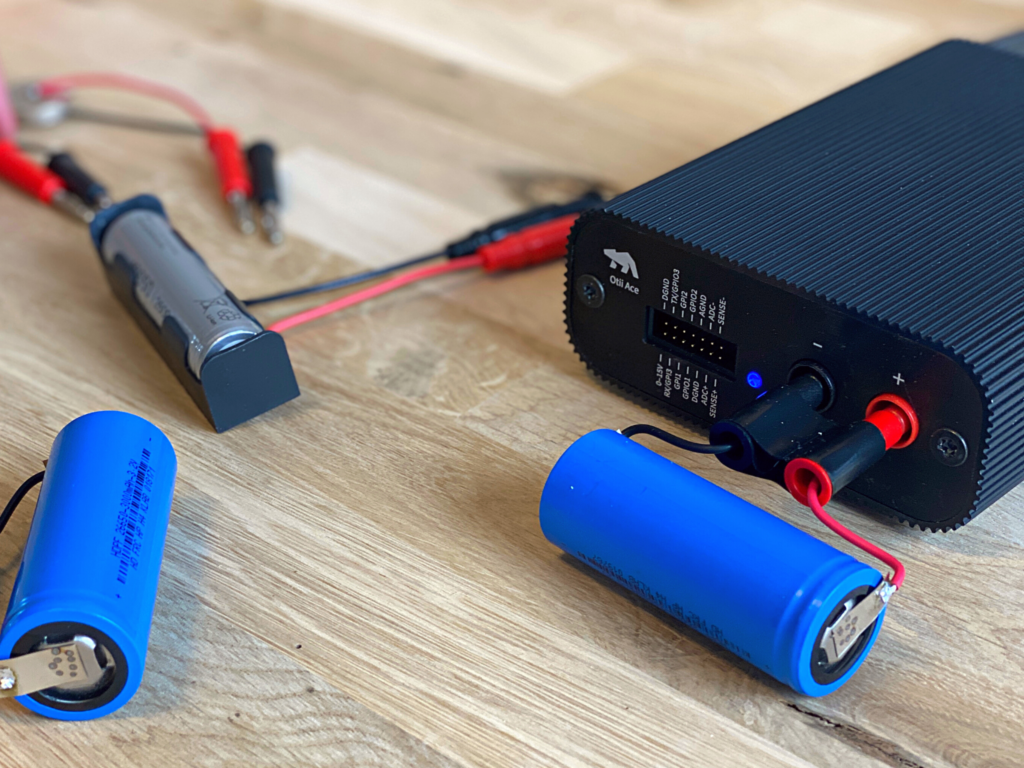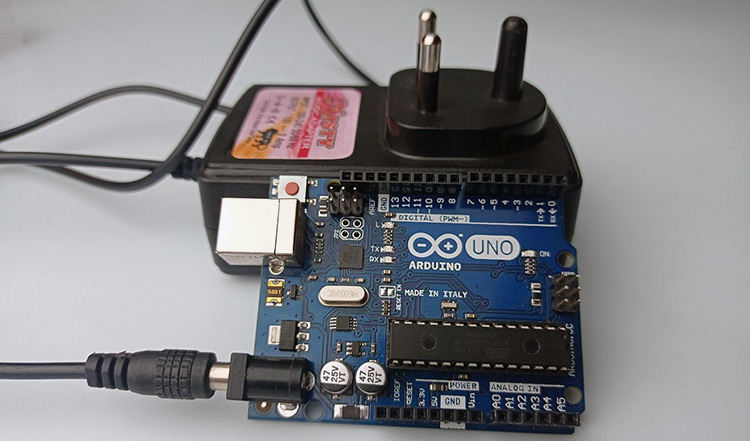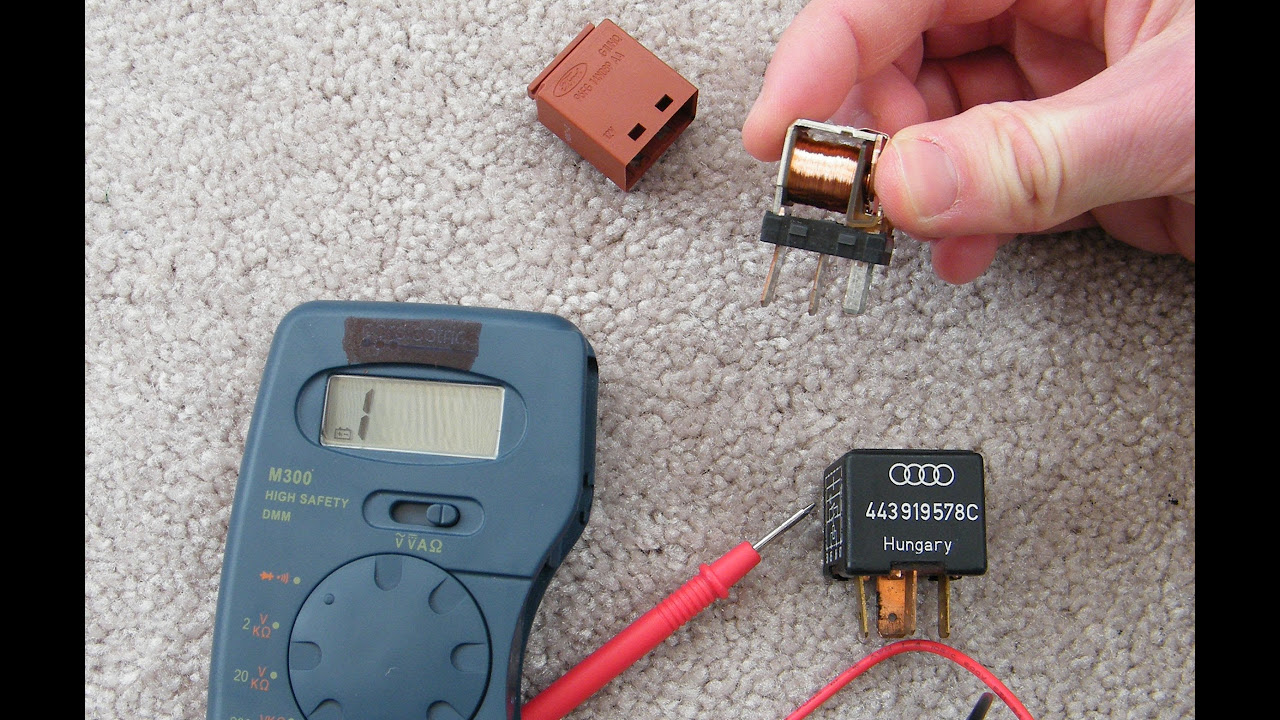How to Reduce Standby Power Consumption
Standby power, also known as vampire power or phantom power, is the electricity consumed by appliances and devices when they are turned off but still plugged in. This unnecessary power usage not only contributes to energy wastage but also results in higher electricity bills. By taking some simple steps, you can reduce standby power consumption in your home and save money in the process. Here are some tips to help you get started:
1. Unplug Unused Devices
One of the most effective ways to reduce standby power consumption is to unplug devices that are not in use. Common culprits include phone chargers, coffee makers, and gaming consoles. By unplugging these devices when they are not in use, you can save a significant amount of electricity over time.
2. Use Power Strips
Instead of unplugging each device individually, consider using power strips to easily disconnect multiple devices at once. This is especially useful for devices that are plugged into hard-to-reach outlets or are grouped closely together.
3. Invest in Energy-Efficient Devices
When purchasing new appliances or electronics, opt for energy-efficient models that consume less standby power. Look for products with the Energy Star label, which indicates that they meet strict energy efficiency guidelines set by the Environmental Protection Agency.
4. Enable Power-saving Features
Many devices come with power-saving features that help reduce standby power consumption. Enable these features on your electronics, such as computers, televisions, and printers, to ensure they consume less electricity when not in use.
5. Adjust Settings on Electronics
Check the settings on your devices and adjust them to optimize energy efficiency. For example, lower the screen brightness on your smartphone or tablet, set your computer to sleep mode after a period of inactivity, and turn off unnecessary background apps and notifications.
6. Consider Smart Plugs
Smart plugs are devices that allow you to remotely control the power to your electronics. You can schedule when these devices turn on and off, helping you minimize standby power consumption and manage your electricity usage more efficiently.
7. Educate Others in Your Household
Make sure to educate your family members or roommates about the importance of reducing standby power consumption. Encourage everyone to unplug devices when they are not in use and to be mindful of their energy usage habits.
8. Monitor Your Electricity Usage
Consider investing in a smart energy monitor to track your household’s electricity usage in real-time. This can help you identify areas where standby power consumption is high and make adjustments accordingly to reduce your overall energy consumption.
Conclusion
Reducing standby power consumption is a simple yet effective way to save energy and lower your electricity bills. By following these tips and making small changes in your daily habits, you can make a positive impact on the environment and your wallet. Start implementing these strategies today and enjoy the benefits of a more energy-efficient home.
How to Reduce Standby Power Consumption
Standby power, also known as vampire power or phantom power, is the electricity consumed by appliances and devices when they are turned off but still plugged in. This unnecessary power usage not only contributes to energy wastage but also results in higher electricity bills. By taking some simple steps, you can reduce standby power consumption in your home and save money in the process. Here are some tips to help you get started:
1. Unplug Unused Devices
One of the most effective ways to reduce standby power consumption is to unplug devices that are not in use. Common culprits include phone chargers, coffee makers, and gaming consoles. By unplugging these devices when they are not in use, you can save a significant amount of electricity over time.
2. Use Power Strips
Instead of unplugging each device individually, consider using power strips to easily disconnect multiple devices at once. This is especially useful for devices that are plugged into hard-to-reach outlets or are grouped closely together.
3. Invest in Energy-Efficient Devices
When purchasing new appliances or electronics, opt for energy-efficient models that consume less standby power. Look for products with the Energy Star label, which indicates that they meet strict energy efficiency guidelines set by the Environmental Protection Agency.
4. Enable Power-saving Features
Many devices come with power-saving features that help reduce standby power consumption. Enable these features on your electronics, such as computers, televisions, and printers, to ensure they consume less electricity when not in use.
5. Adjust Settings on Electronics
Check the settings on your devices and adjust them to optimize energy efficiency. For example, lower the screen brightness on your smartphone or tablet, set your computer to sleep mode after a period of inactivity, and turn off unnecessary background apps and notifications.
6. Consider Smart Plugs
Smart plugs are devices that allow you to remotely control the power to your electronics. You can schedule when these devices turn on and off, helping you minimize standby power consumption and manage your electricity usage more efficiently.
7. Educate Others in Your Household
Make sure to educate your family members or roommates about the importance of reducing standby power consumption. Encourage everyone to unplug devices when they are not in use and to be mindful of their energy usage habits.
8. Monitor Your Electricity Usage
Consider investing in a smart energy monitor to track your household’s electricity usage in real-time. This can help you identify areas where standby power consumption is high and make adjustments accordingly to reduce your overall energy consumption.
Conclusion
Reducing standby power consumption is a simple yet effective way to save energy and lower your electricity bills. By following these tips and making small changes in your daily habits, you can make a positive impact on the environment and your wallet. Start implementing these strategies today and enjoy the benefits of a more energy-efficient home.



